Integrated supply chain eases COVID symptoms
“How can we define a digital strategy to get that balance of agility and resilience? And even if I was given an unlimited budget to buy all the technology, would my organization be ready for it?” Ernest Nicolas, senior vice president, Integrated Supply Chain, on ongoing efforts from Rockwell Automation to balance industry’s new requirements.
International supply chains have always been subject to hiccups from issues such as protectionism (tariffs), availability of labor and facilities, exchange rates, taxes and regulations. Now, a global pandemic threatens their integrity on local as well as transcontinental bases. “We can have a lot of intention to solve manufacturing challenges, but we are also a manufacturer, so we have supply chain insights,” said Ernest Nicolas, senior vice president, Integrated Supply Chain, Rockwell Automation. “We know about ever-evolving industry challenges.”
Nicolas spoke November 16 at the primarily virtual conference from Rockwell Automation, Automation Fair At Home. “With the pandemic, 2020 brings different layers of complexity, from transportation to employees, and unpredictability throughout the market,” he said. “We can’t just focus on agility—on being efficient and lean—we also must make sure we have product available by optimizing our efforts to be more resilient.”
Adding resilience to agility must be done both inside the four walls with digital manufacturing, as well as outside with an “intelligent supply chain,” Nicolas said. Converging information technology and operations technology (IT/OT) can provide the tools but, “We had to take a step back and define how the supply chain can help our company manage uncertainty to support our operations. How can we define a digital strategy to get that balance of agility and resilience? And even if I was given an unlimited budget to buy all the technology, would my organization be ready for it?”
Connected data provides a single source of the truth, and organizational design leads to a culture that can handle it. Areas to address include dynamic fulfillment, self-service and case management—but the ones that need more attention due to the pandemic are demand orchestration, delivery reliability, supply chain design and network optimization. “Think through demand as well as supply planning,” Nicolas said. “Delivery availability now also calls for global trade management.
“These unpack to deliver the desired outcomes,” Nicolas said, including risk mitigation and automated decisions, simplified experiences and customer loyalty, visibility and total cost optimization through integrated decisions. FactoryTalk InnovationSuite, powered by PTC, can bring it all together. “Supply chain is a team sport, not done in a silo,” he added.
Demand orchestration can use elements of analytics, artificial intelligence, cloud computing and business data mining to shape demand, design it for the supply chain, optimize inventories at multiple echelons, do real-time planning impact analyses, automate resource scheduling, determine capability-to-promise and automate partner data integration.
Delivery reliability can use the same elements to manage trade document services, self-service third-party certifications, import preclearance, shipment forecasting, self-service track-and-trace and modal optimization. “When air freight availability fell and costs rose, we determined where we could pursue a different mode,” Nicolas said. “Now, we use it to position and choose suppliers, and determine where to put new product lines.”
In one case, Rockwell Automation brought 100-C contactor production back to Milwaukee, producing 1.4 million per year on a four-second cycle time. The line uses iTrak and MagneMotion for integrated pallet and motion control with no traditional fixturing. FactoryTalk ProductionCentre MES to get the right information to the right people at the right time. And a new Operator eMap is coming to help keep track of the physical locations of personnel.
Rockwell Automation has manufactured distributed I/O and small controllers in Singapore since 2006, where it recently automated a very labor-intensive manual assembly line. By using Rockwell Automation safety equipment and its own controllers, the facility improved labor utilization 85%, assembly time 70% and work in progress 30% while increasing quality and reducing waste and rework.
In Poland, an industrial components and Kinetix motion control systems facility now uses augmented reality in its onboarding and training procedures. Digitalized training and hands-free access to training materials has reduced training time by 30%.
Going forward with the integrated supply chain, Rockwell Automation is focusing on technical improvements in documentation and knowledge transfer. “People did not document their experience with dealing with challenges during the recession 10-12 years ago. Now, we can capture and transfer that knowledge,” Nicolas said.
The experience translates broadly to customers. “Rockwell Automation is an ‘essential business,’ so our plants stay open. But despite a drop in demand, we and our suppliers have been challenged. To accommodate social distancing and other COVID requirements, we had to unravel lean manufacturing—we had to reduce capacity and push out lead times,” Nicolas said. “No one expected the pandemic, but our balance of agility and resilience have allowed us to stay ahead of it.”
The editors of Control, Control Design and Smart Industry are providing coverage of Automation Fair At Home, bringing you breaking news, innovations and insights from the virtual event. Once Automation Fair At Home is over, the editors will put together an event report featuring the top news. Pre-order your copy today.
Pre-order the report
About the Author
Paul Studebaker
Paul Studebaker

Leaders relevant to this article:


